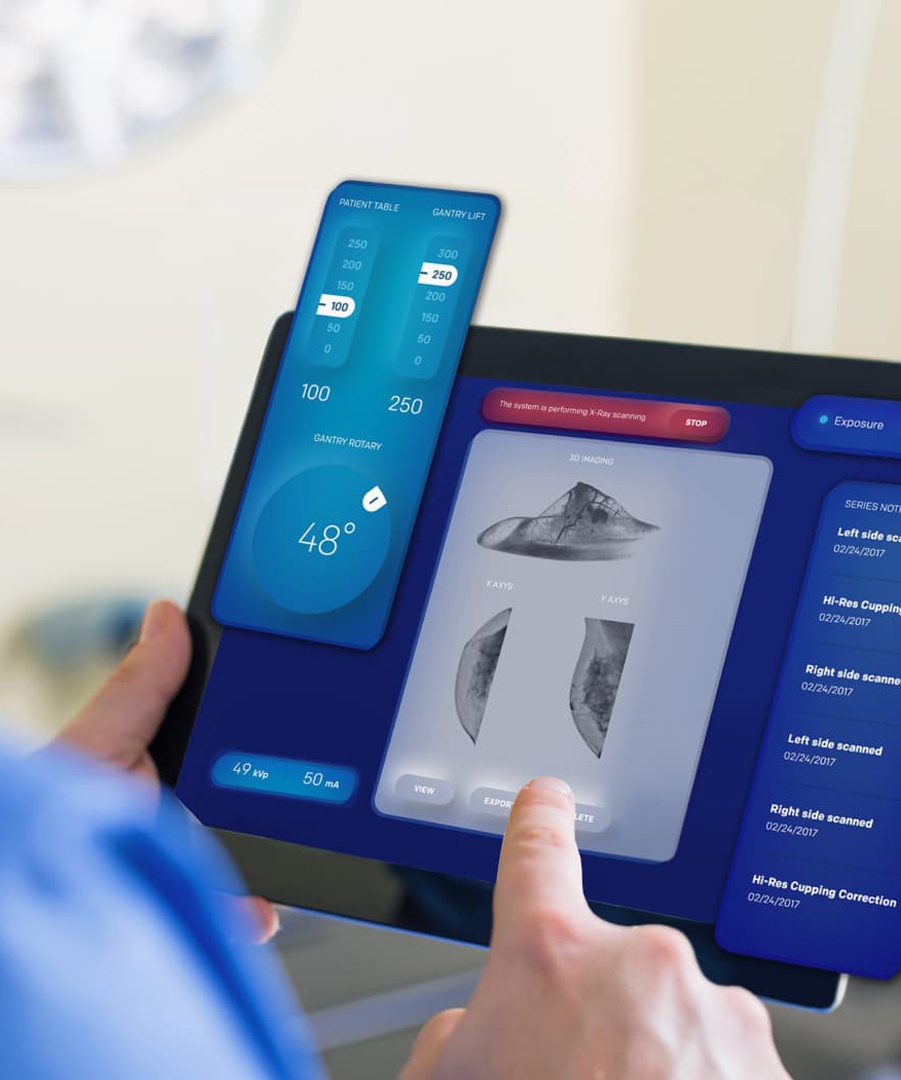


The Olecranon Locking Plate is a high-strength internal fixation system designed for olecranon fractures, providing stable locking fixation to promote bone healing.
Item No :
GOHE084MOQ :
10 PiecesClassification :
Class IIIColor :
No Color/Custom ColorOrigin :
Xiamen, ChinaPayment :
T/T 50% and balance before shipmentLead Time :
Depends on the order circumstancesOrthopedic Olecranon Locking Plate for Ulnar Fracture Fixation
The Olecranon Locking Plate is an orthopedic internal fixation implant designed for olecranon fractures, featuring an anatomical contour and multi-directional locking screw technology to ensure stable fixation. Suitable for complex fractures and osteoporotic patients, it enhances biomechanical stability, reduces postoperative complications, and facilitates early functional recovery.
Compatible Screws & Indications:
- Fitted Screw:Ф2.7 Variable Angle Locking Screw, Ф2.7 Locking Screws, Ф3.5 Locking Screws, Ф3.5 Cortical screws;
- Scope of Application: Olecranon fracture fixation.
Specifications of Olecranon Locking Plate:
| Product Code | Item | Model | Left/Right Side | Holes | Material | Product Picture |
| 20051002 | Olecranon Locking Plate |
YSB21 | L | 2 | A | 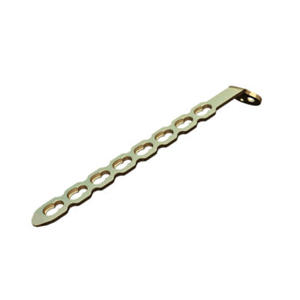 |
| 20051004 | 4 | |||||
| 20051006 | 6 | |||||
| 20051008 | 8 | |||||
| 20051010 | 10 | |||||
| 20051012 | 12 | |||||
| 20052002 | R | 2 | ||||
| 20052004 | 4 | |||||
| 20052006 | 6 | |||||
| 20052008 | 8 | |||||
| 20052010 | 10 | |||||
| 20052012 | 12 | |||||
| 21321002 | YSC21 | L | 2 | A | 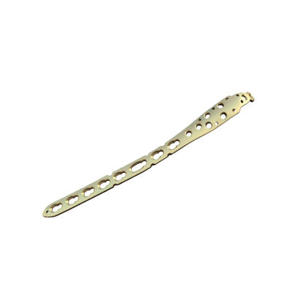 |
|
| 21321004 | 4 | |||||
| 21321006 | 6 | |||||
| 21321008 | 8 | |||||
| 21321010 | 10 | |||||
| 21321012 | 12 | |||||
| 21322002 | R | 2 | ||||
| 21322004 | 4 | |||||
| 21322006 | 6 | |||||
| 21322008 | 8 | |||||
| 21322010 | 10 | |||||
| 213220012 | 12 |
Product Display of Olecranon Locking Plate:
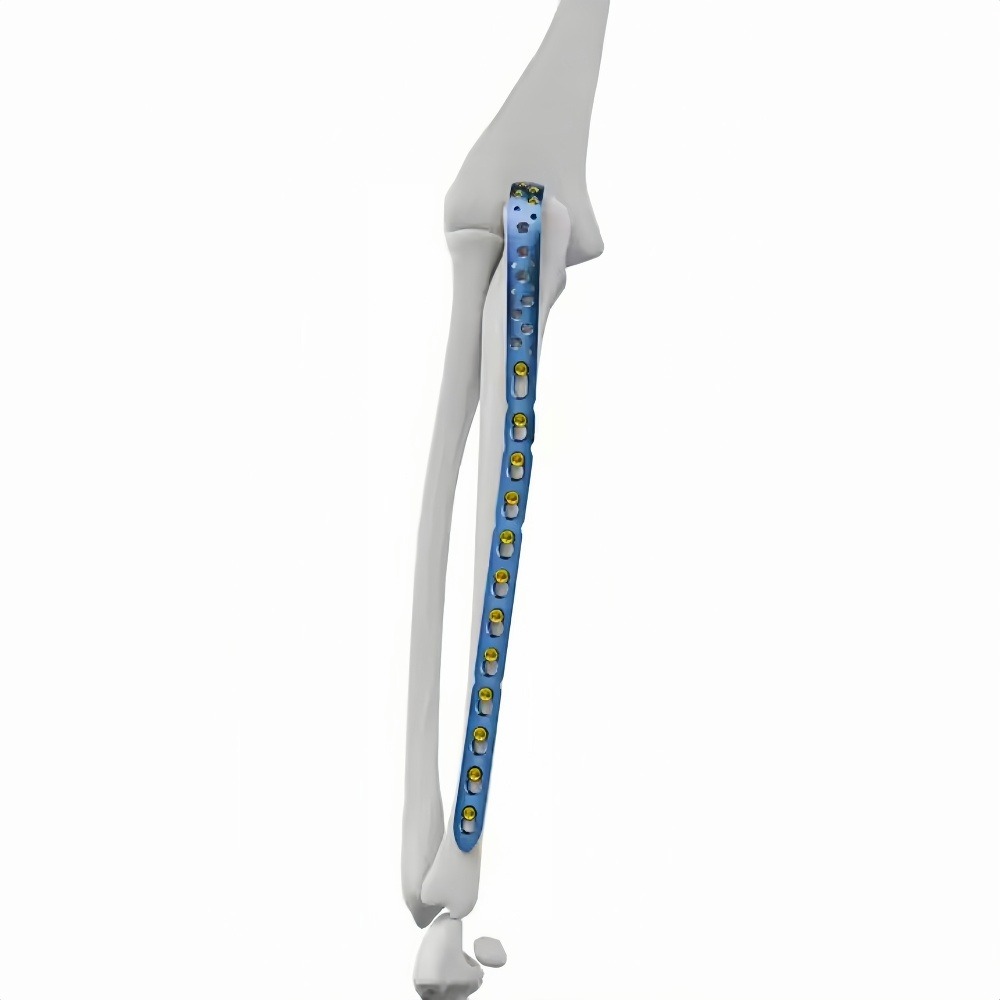
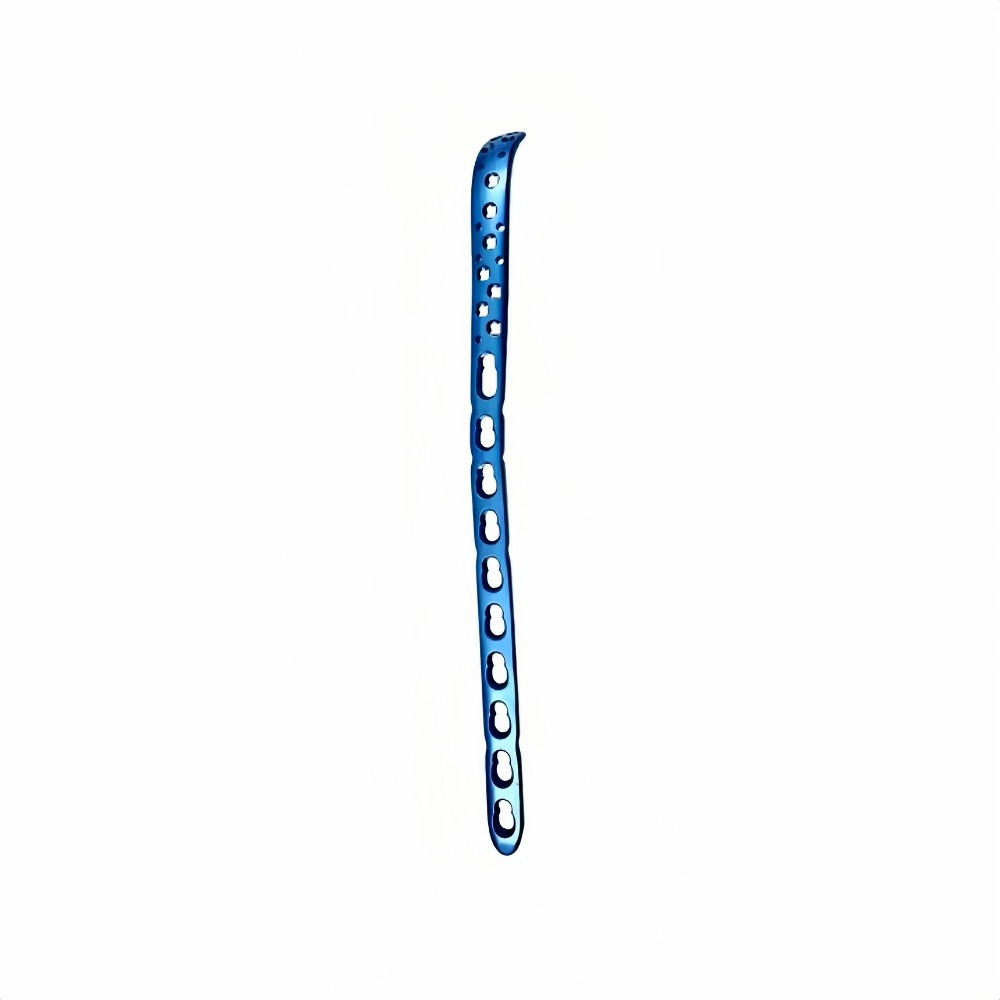
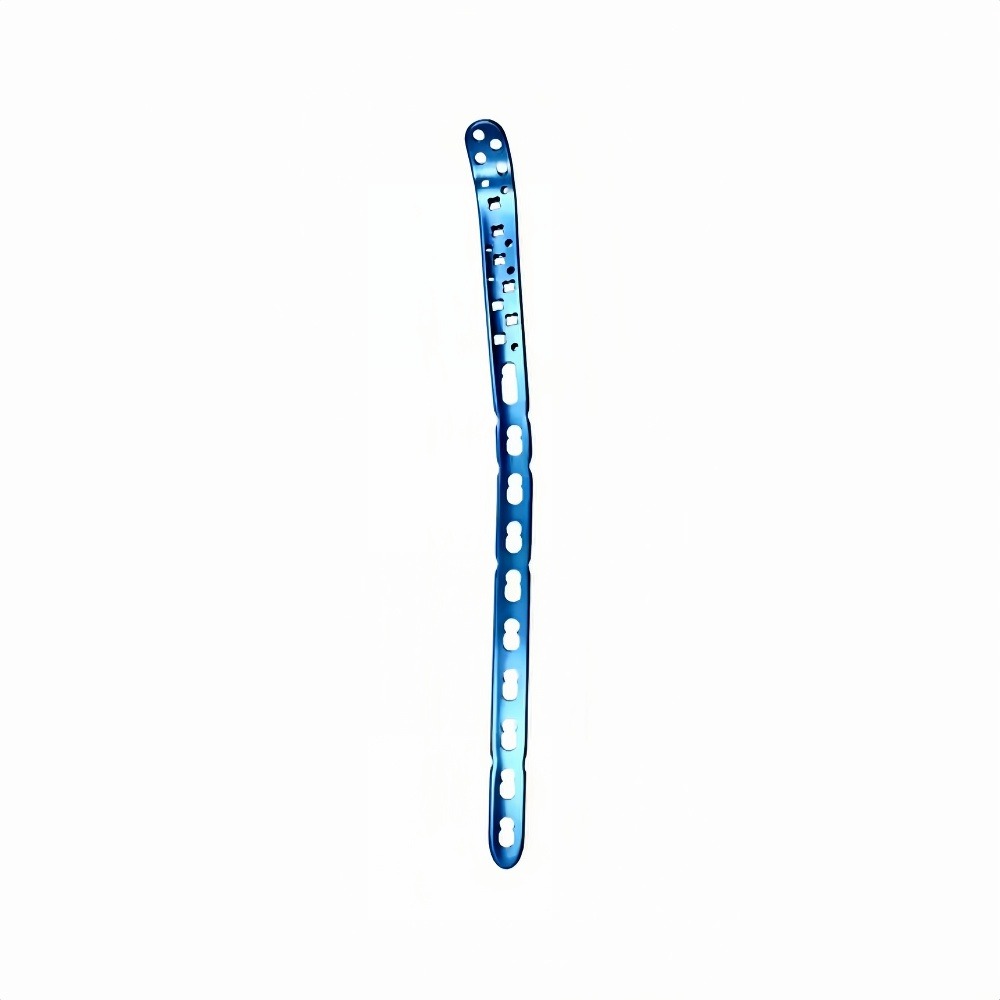
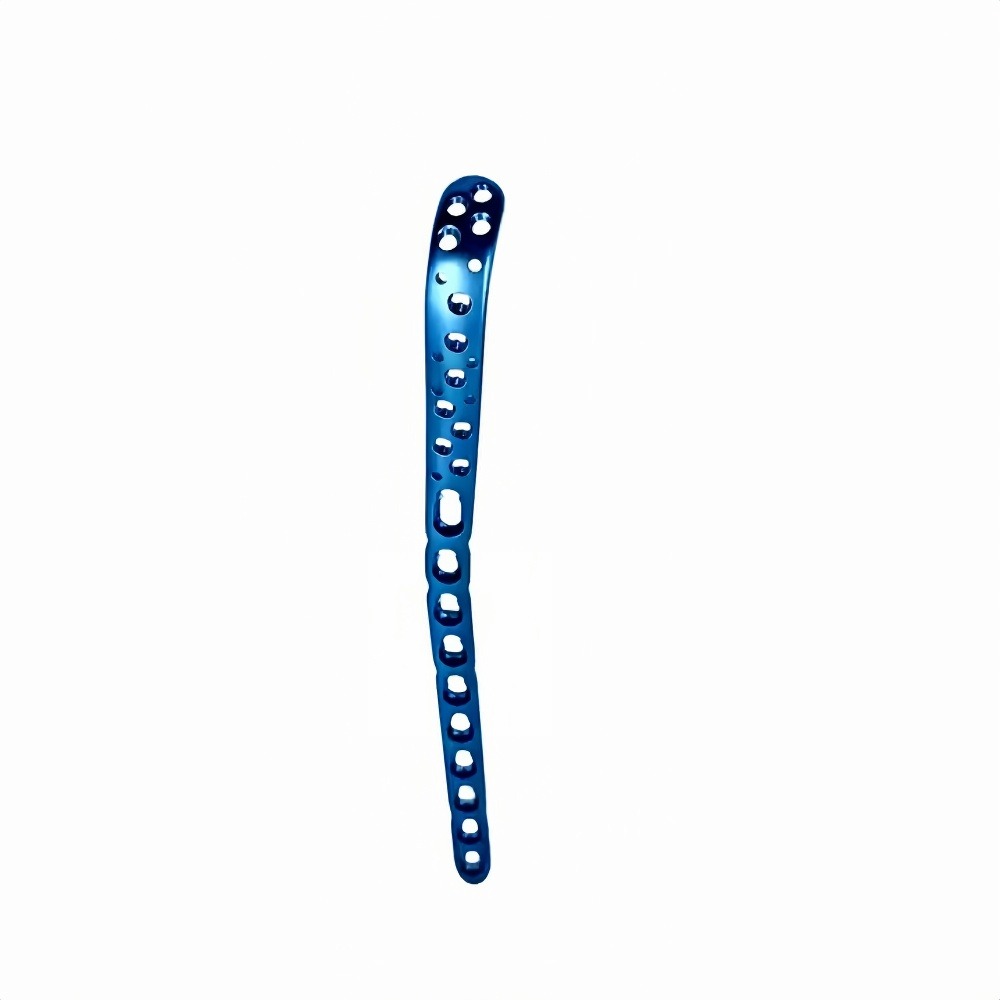
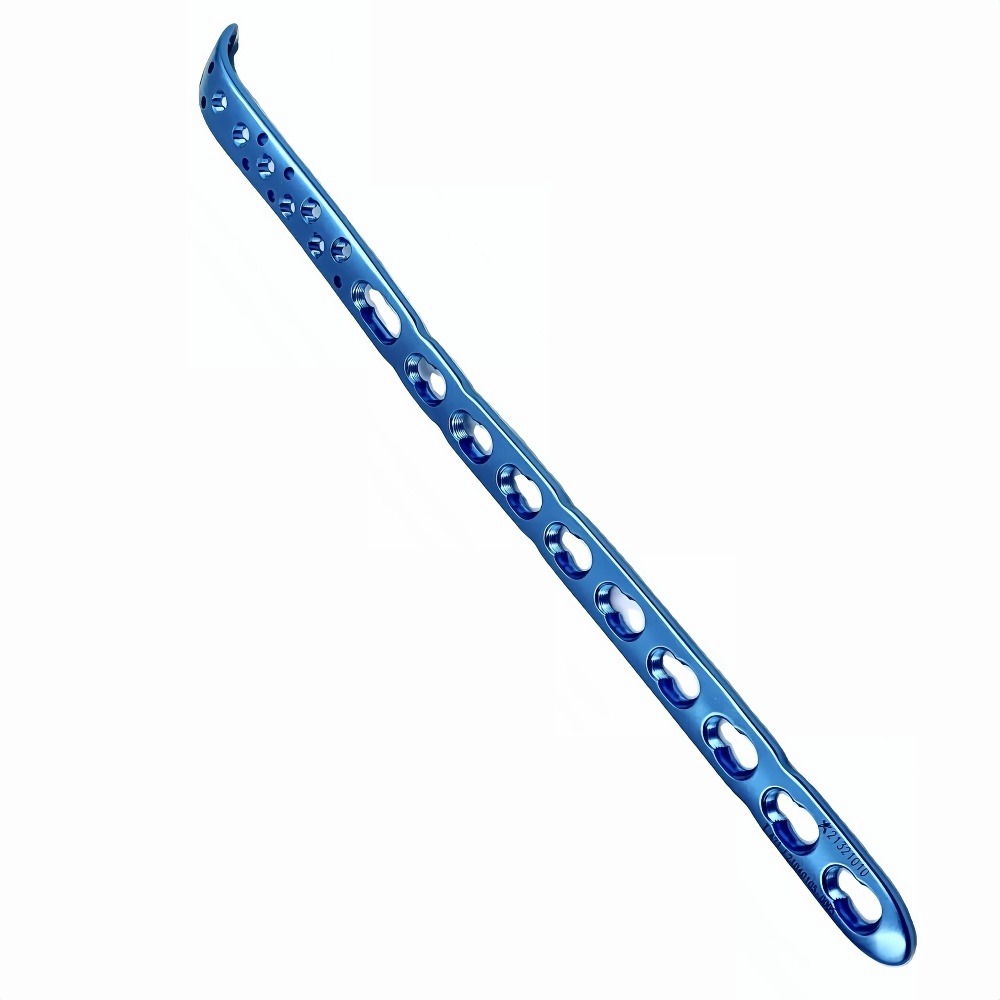
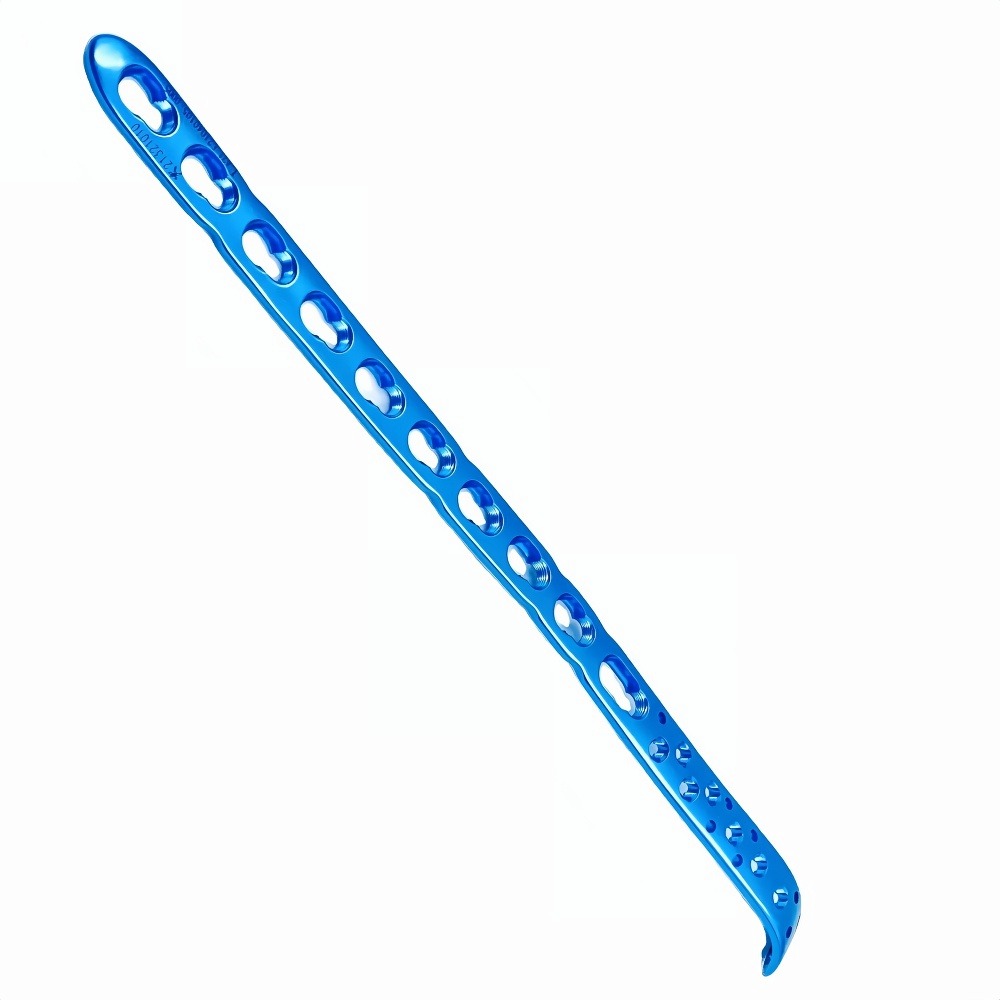
FAQ:
Q1: What types of fractures is the Olecranon Locking Plate suitable for?
A1: This product is indicated for comminuted, oblique, and transverse fractures of the olecranon, as well as the treatment of nonunion or malunion after surgery.
Q2: Is the plate design universal for both left and right sides?
A2: Most models are side-specific (left or right). Please select the appropriate model based on the fracture location.
Q3: What are the advantages of a locking plate compared to a traditional plate?
A3: Locking plates use locking screws for more stable fixation, which is especially beneficial for osteoporotic patients. They reduce the risk of screw loosening and loss of reduction.
Q4: Is it necessary to remove the plate after healing?
A4: If there are no symptoms or complications, the plate can remain in the body long-term. However, removal may be performed 1–2 years after healing upon patient request or doctor recommendation.
Q5: Is surgery with the Olecranon Locking Plate high-risk?
A5: It is a routine orthopedic procedure with relatively low risk. However, potential complications such as infection, implant loosening, or nerve injury may occur and should be managed according to medical advice.